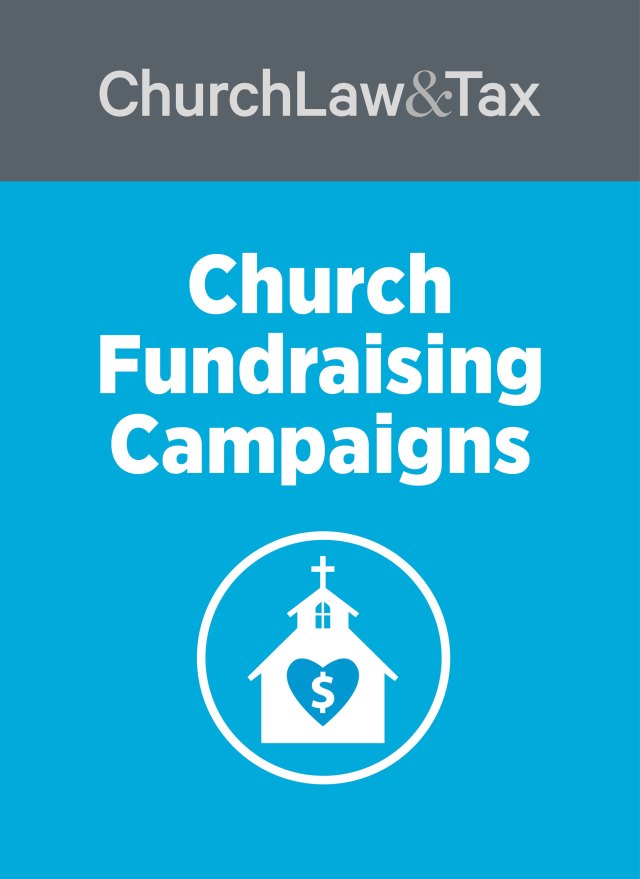Background. Persons who donate property to charity want to claim the highest possible value to increase their charitable contribution deduction. Sometimes they claim too high an amount, and this can result in problems. Taxpayers who understate their income taxes in any year by $5,000 or more because they overstated the value of donated property on their tax return are subject to a penalty. The penalty only applies if the overstated value is at least 200% of its actual value. The penalty is computed by multiplying 20% times the amount of the underpayment of income taxes (the penalty rate increases to 40% if the overstated value is at least 400% of its actual value).
A common example of valuation overstatements involves overvaluations of properties donated to charity. Such overvaluations result in inflated charitable contribution deductions and a corresponding understatement of income taxes.
A recent case. A property owner purchased 250 acres of inaccessible mountain property in Alaska for $30,000. Two years later, after an unsuccessful attempt to sell the property, he donated it to charity and claimed a charitable contribution deduction of $2.75 million. The IRS audited the taxpayer, and claimed that the property was worth only $28,000. This meant that the taxpayer overstated the value of the donated property by 98 times! The Tax Court agreed with the IRS, and denied the donor’s inflated charitable contribution deduction. It also upheld the following penalties:
• Overvaluation of donated property. The Court ruled that the taxpayer was subject to the penalty for overvaluation of donated property (summarized above). The Court noted: “Here, [the taxpayer] attempted to claim a charitable contribution deduction for approximately 98 times the amount paid for the property 2 years prior to donation. [He] grossly overstated the value of the donated property.”
• Additional interest. Federal law provides for an interest rate of 120 percent if there is a “substantial underpayment” (an underpayment in excess of $1,000) in a taxable year “attributable to one or more tax-motivated transactions.” Tax-motivated transactions include inflated valuations of donated property. The Court ruled that the taxpayer could be assessed additional interest since he made “blatant misuse of the charitable donation provisions” and “participated in a scheme to generate egregious charitable contribution deductions through the gross overvaluation of the items donated.”
• Negligence. The Court also concluded that the taxpayer could be assessed an additional penalty for negligence. The Court noted that negligence is “the lack of due care or failure to do what a reasonable and ordinarily prudent person would do under the circumstances.” The Court acknowledged that the taxpayer relied on the opinion of an appraiser that the donated property was worth $2.75 million. However, it cautioned that
mere reliance on an appraiser or expert in a matter does not automatically shield a taxpayer from the negligence addition; a taxpayer must affirmatively establish that his reliance was reasonable, prudent, and in good faith …. We cannot agree that [the taxpayer’s] reliance was reasonable, prudent, and in good faith …. [He] should have known the [appraiser] grossly overstated the fair market value of the donated property. [He] should have been aware that nothing had occurred to substantially increase the value of the property between the time [he] purchased the property and the time it was donated …. Common sense should have come into play …. It was unreasonable for petitioners to expect that property purchased for $30,174 would increase to a value of $2,750,000 just 2 years later, generating such enormous charitable contribution deductions.
Effect of a qualified appraisal. Donors who contribute property valued at more than $5,000 must obtain a qualified appraisal of the property and attach a qualified appraisal summary (IRS Form 8283) to the tax return on which the charitable contribution is claimed. The taxpayer in this case obtained a qualified appraisal, but this did not affect the Court’s conclusion that he was subject to the penalties described above. The tax code specifies that taxpayers who comply with the qualified appraisal requirements are not subject to this penalty even if there is an overvaluation, but only if the taxpayer “in addition to obtaining such appraisal … made a good faith investigation of the value of the contributed property.” The taxpayer in this case did not satisfy this requirement, so the qualified appraisal did not protect him from penalties.
Relevance to church treasurers. Church treasurers who receive donated property that may be worth more than $5,000 should advise the donor of the qualified appraisal requirement. It would be a good practice to have sample copies of IRS Form 8283 (with instructions) to distribute to these donors. You can obtain them by calling the IRS forms hotline at 1-800-TAX-FORM. Be sure you have current copies. This case suggests that you also may want to advise these donors that they have an obligation under the tax code to make their own “good faith investigation of the value of the contributed property” in order to avoid penalties associated with an inflated valuation.
This article originally appeared in Church Treasurer Alert, November 1995.




